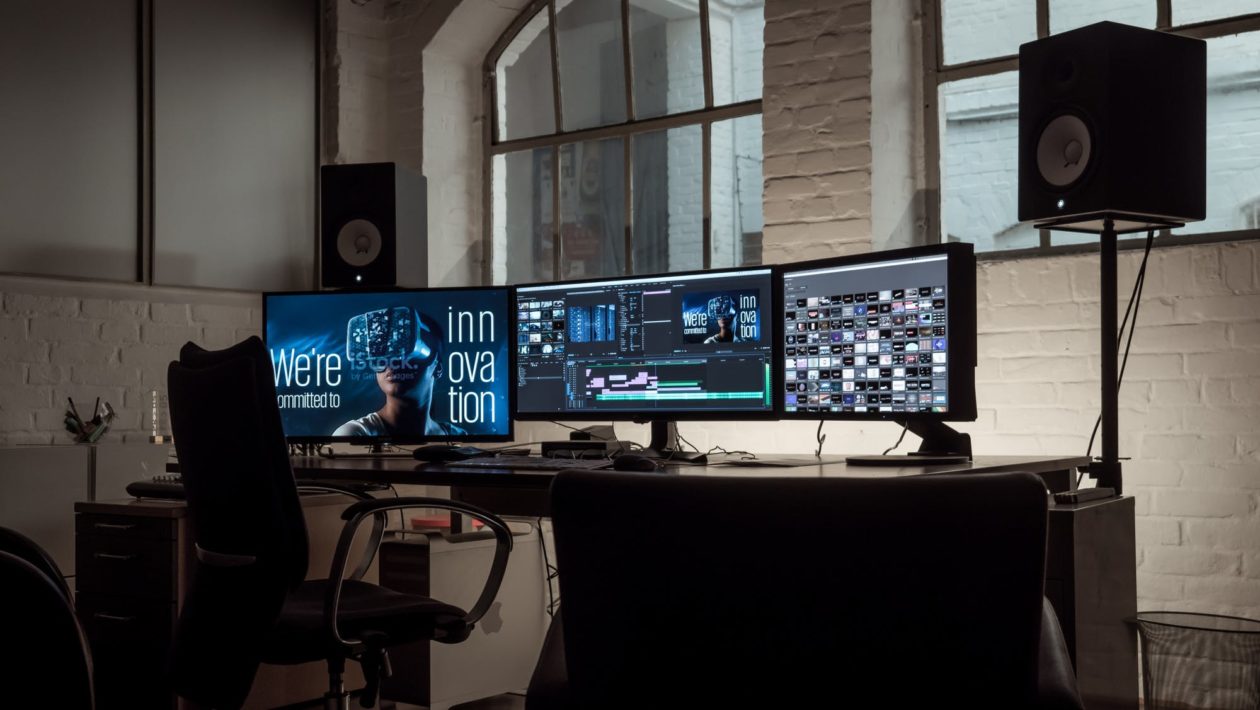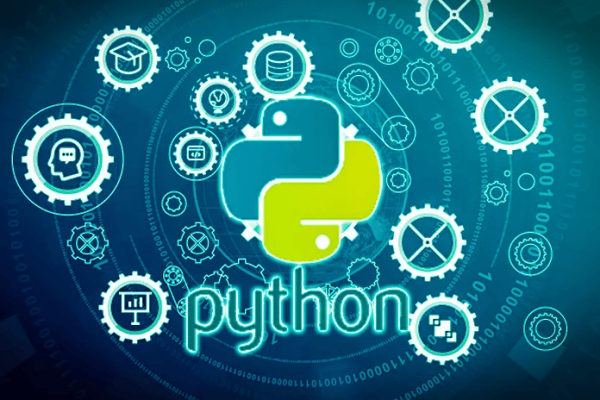We all listen to music and watch videos on various gadgets like our phones, tablet, PC, smart TV etc. But have we ever wondered how the video was being delivered to us? We get high-quality HD videos, great colors, and great output. Everything comes just perfectly. But what really goes behind delivering such great videos from the other end? This article will help you understand how videos are encoded and what it takes to deliver them.
What is video encoding?
The conversion of digital video files from one format to another is called as video encoding. This process is also called “transcoding” or “video conversion”. Encoding particularly comes to the rescue when someone wants to publish a video online. You may originally record a video in any format. However, it may or may not be compatible with other computers or devices. But once encoding is done, your videos become compatible with all the playback mechanisms and can be played on any device or gadget.
Another important feature of encoding is that it allows manipulation of file characteristics like bit rate and frame size of a video. But remember one thing; changing these attributes also has an effect on the file size and quality. Thus, you can choose whether you want an HD quality video or something little smaller. Isn’t it always better to know what you are going to achieve before running a video through the encoder?
Video Encoding Software-
Converting videos from one format to another is a weighty process and hence one needs to have powerful video encoder software to encode efficiently. Video encoder software is software that allows conversion of videos from one format to another.
The software will help in converting the video in a format which is compatible with different devices like PC, tablets, phones, etc. You also need a video encoder in order to upload files on the internet. However, using video encoder software is easy and needs no specialization.
Though there no requirement if any special knowledge in order to use the software, there are a few basics that one must keep in mind. After choosing the video that you want to encode, all you have to do is upload it into the software and choose the output format that you require, for instance, MP4, WebM VP8, AVI, and WMV and so on. Next, you need to do is choose the right video codec for the application that you are targeting. Next, you have to choose the video resolution and a strategy for aspect ratio conversion. It is advisable not to upscale small videos too much, as there is a risk that the quality of the images will be affected negatively.
If you need an HD quality video file, it is necessary to make sure that the input version is of considerable quality as well. A video encoder software is developed with the intention to improve the quality of videos, but none of them can convert a low-quality video into high definition one.
While encoding a video you need to take into consideration – (a) capture method and original source format (b) encoding operations that may have been done on the video source and (c) Output format that you require.
What Are the Different Encoding Methods?
- Constant Bit Rate Encoding- CBR encoding is used to encode content that is streamed over a network to its destination. One of the distinguishing features of CBR-encoded stream is its small buffer window. This limits the variation of sample sizes.
- Two-Pass Constant Bit Rate Encoding- A single encoding pass is used by standard CBR, wherein you give your content as input sample and the codec will compress the content and returns the output. However, input samples can be processed twice also. Calculations are performed by the codec to optimize encoding for the content on the first pass. On the second pass, the data collected during the first pass is used by the codec to encode the content.
- Quality-Based Variable Bit Rate Encoding- VBR and CBR differ from each other in terms of the size of the buffer window used. VBR-encoded streams have large buffer windows as compared to the CBR encoded ones. In quality based VBR neither do you define the bit rate nor the buffer window. Instead, you set a quality value.
- Unconstrained Variable Bit Rate Encoding- Unconstrained VBR encodes the content the content to the highest quality, but at the same time maintains a specified bit rate.
- Peak-Constrained Variable Bit Rate Encoding- As the name suggests, Peak constrained VBR configures the peak value for the encoding. Peak values are nothing but peak bit rate and peak buffer window.
I hope this article gave you a basic idea of what really goes into making videos and how they reach us. For all your encoding needs, MediaKind is the solution! Their robust cloud-based video processing solutions have umpteen capabilities and are developed to suit all your needs.





